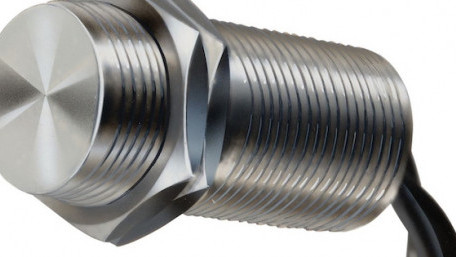
Learn about Hall Effect sensors and how they are used in a variety of ways from robotics to proximity applications.
Learn about Hall Effect sensors and how they are used in a variety of ways from robotics to proximity applications.
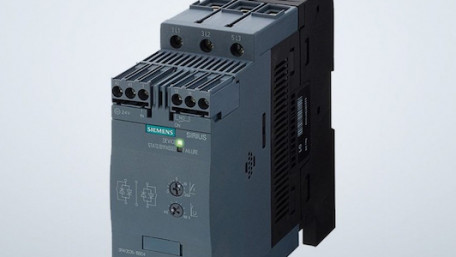
The following will examine how to reduce the wear on motors during startup and compare soft starters and variable…
The following will examine how to reduce the wear on motors during startup and compare soft starters and variable frequency drives (VFDs).
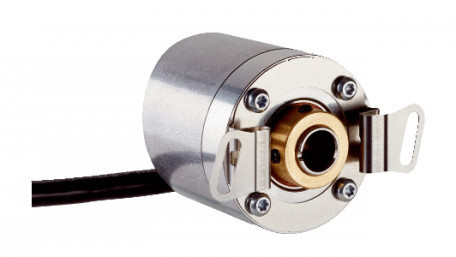
This article discusses how to use sensors with open collector outputs and learning some of the module connections involved.
This article discusses how to use sensors with open collector outputs and learning some of the module connections involved.
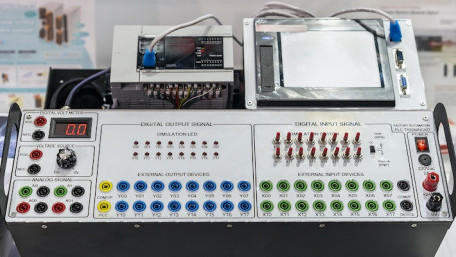
A typical control system uses PNP sensors and tends to be easier to visualize. For opposite polarity systems, the NPN…
A typical control system uses PNP sensors and tends to be easier to visualize. For opposite polarity systems, the NPN sensor is the only compatible sensor type. Learn more about NPN sensors, including characteristics and uses.

Electrical noise is a common problem inside industrial facilities. The following will explain a few simple strategies for…
Electrical noise is a common problem inside industrial facilities. The following will explain a few simple strategies for reducing this noise.
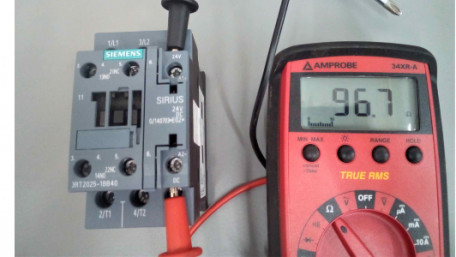
When the power is removed to a circuit, the common measurements of voltage and current prove meaningless. The only…
When the power is removed to a circuit, the common measurements of voltage and current prove meaningless. The only remaining option is to use resistance testing to determine which components and conductors are working.
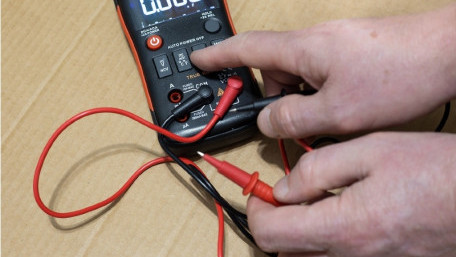
This article will examine and discuss how to measure current with a multimeter, using the standard in-line current…
This article will examine and discuss how to measure current with a multimeter, using the standard in-line current measuring method.
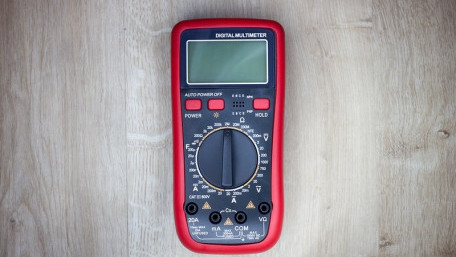
Simple voltage measurements from a multimeter are the most frequently used function in these tools. Some of them are more…
Simple voltage measurements from a multimeter are the most frequently used function in these tools. Some of them are more difficult to understand than others, and this is definitely the case when comparing AC to DC voltage.
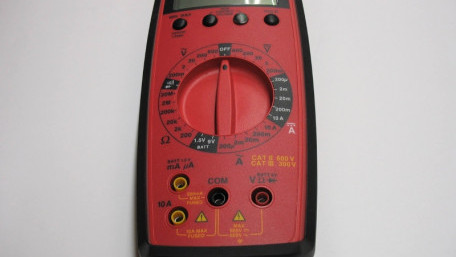
The simplest and most common measurement to obtain using a multimeter is voltage, in fact, they are often called…
The simplest and most common measurement to obtain using a multimeter is voltage, in fact, they are often called ‘voltmeters’ for this reason.
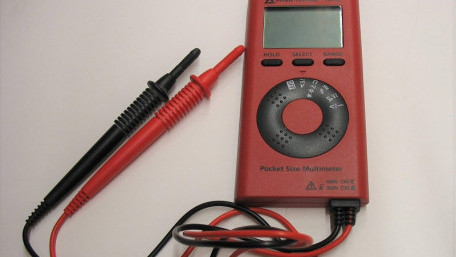
Recognizing the value of a multimeter is a great first step. It’s important to know why a meter may help to save time…
Recognizing the value of a multimeter is a great first step. It’s important to know why a meter may help to save time during design and troubleshooting, and therefore save money.
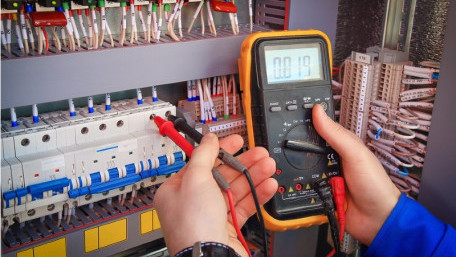
The voltmeter, or more often the multimeter, is an incredible tool, capable of troubleshooting nearly every electrical…
The voltmeter, or more often the multimeter, is an incredible tool, capable of troubleshooting nearly every electrical system and fault in existence.
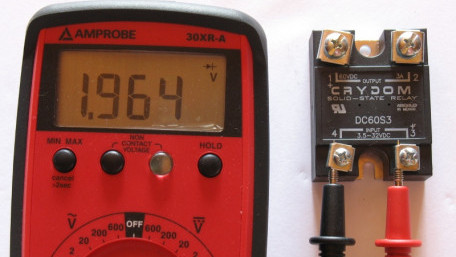
This article discusses some methods for troubleshooting solid-state relays and input/output terminals.
This article discusses some methods for troubleshooting solid-state relays and input/output terminals.
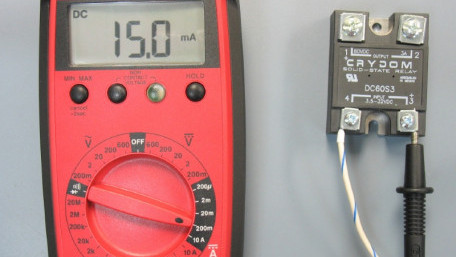
This article discusses the benefits and five key advantages of using solid-state relays.
This article discusses the benefits and five key advantages of using solid-state relays.
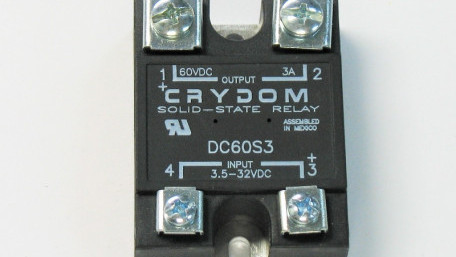
Just like the emergence of transistors led to digital control systems, solid-state electronics have created a whole new…
Just like the emergence of transistors led to digital control systems, solid-state electronics have created a whole new variety of relays with some striking differences, with a few distinct advantages.
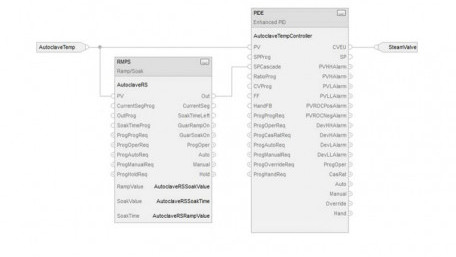
This article will focus on using an Allen-Bradley ramp/soak controller with a PID.
This article will focus on using an Allen-Bradley ramp/soak controller with a PID.
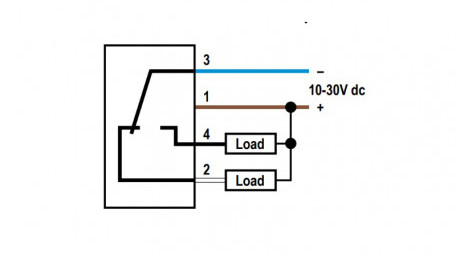
In this article, we will discuss the application and identification of NPN sensors, clarifying why they work and how to…
In this article, we will discuss the application and identification of NPN sensors, clarifying why they work and how to properly use them in a control circuit setting.
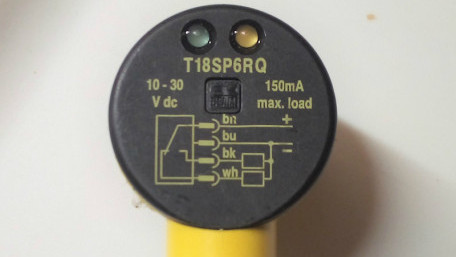
Why do we need to use PNP sensors in certain applications, and which markings and diagrams allow us to identify these devices?
Why do we need to use PNP sensors in certain applications, and which markings and diagrams allow us to identify these devices?
